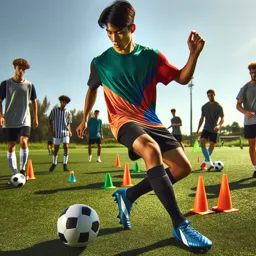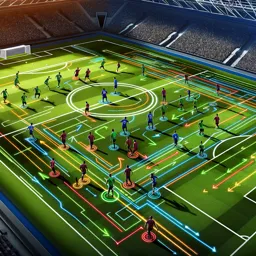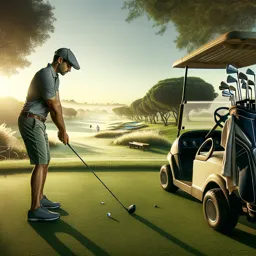Brazilian Jiu-Jitsu (BJJ) is often referred to as “the gentle art” because of its focus on leverage, technique, and control over brute strength. One of the most important aspects of BJJ is understanding the key positions that form the foundation of grappling and submissions. In this article, we’ll explore three essential positions in BJJ: the guard, the mount, and side control, and explain how each one plays a critical role in both defense and offense.
1. The Guard
The guard is one of the most iconic and versatile positions in Brazilian Jiu-Jitsu. In the guard position, the practitioner on the bottom uses their legs to control the opponent on top. The guard allows the bottom practitioner to defend themselves, set up submissions, and sweep their opponent.
Types of Guard:
- Closed Guard: The bottom practitioner’s legs are wrapped around the opponent’s waist, keeping them close and limiting their movement.
- Open Guard: The legs are not locked around the opponent but are used to control their posture and create space for attacks.
- Half Guard: One leg is trapped between the opponent’s legs, offering a balance between defense and offense.
Key Concepts of Guard:
- Control: The guard allows the bottom practitioner to control the distance and posture of the opponent on top.
- Submissions: From the guard, practitioners can set up submissions like armbars, triangles, and guillotines.
- Sweeps: A well-executed sweep can reverse the position, allowing the practitioner on the bottom to take the top position.
When to Use the Guard:
- When you are on the bottom and want to neutralize the top player’s attacks.
- When setting up submissions or sweeping to gain a better position.
2. The Mount
The mount is one of the most dominant positions in Brazilian Jiu-Jitsu. In this position, the practitioner is on top, straddling the opponent’s torso. The mount allows the top practitioner to apply significant pressure and control, making it difficult for the opponent to escape.
Key Concepts of Mount:
- Control: In the mount, the practitioner on top has a dominant position that allows them to control the opponent’s movement and breathing.
- Attacks: The mount is an excellent position to set up submissions like armbars, chokes, and even strikes in self-defense or MMA situations.
- Pressure: By applying weight and keeping a low center of gravity, the practitioner can make it incredibly difficult for the opponent to escape.
Types of Mount:
- High Mount: The practitioner moves up towards the opponent’s chest, making it harder for the opponent to use their arms to defend.
- Low Mount: The practitioner stays lower on the opponent’s torso, focusing on controlling the hips and applying pressure.
When to Use the Mount:
- When you have successfully passed the guard and are looking to finish with a submission.
- When you want to maintain dominant control and wear down your opponent.
3. Side Control
Side control is another dominant position where the practitioner is on top and perpendicular to the opponent. In this position, the practitioner on top can apply significant pressure and control, while the bottom player is often looking for a way to escape or regain guard.
Key Concepts of Side Control:
- Control the Hips: In side control, controlling the opponent’s hips is crucial to preventing escapes.
- Pressure: Applying chest-to-chest pressure keeps the opponent pinned to the mat, limiting their mobility and ability to escape.
- Transitions: Side control is an excellent position to transition to other dominant positions, such as mount or north-south.
Variations of Side Control:
- Standard Side Control: The practitioner stays low, with chest-to-chest contact, controlling the opponent’s upper body and hips.
- Knee on Belly: The practitioner places one knee on the opponent’s torso, adding pressure and mobility while keeping control.
When to Use Side Control:
- After passing the guard or sweeping your opponent.
- When transitioning to other dominant positions like mount or back control.
4. How These Positions Work Together
In BJJ, understanding how to transition between positions is key to advancing your game. The guard, mount, and side control are interconnected, and learning how to move between these positions can significantly improve your control and effectiveness in a match.
Example of Transitions:
- From Guard to Mount: By sweeping your opponent from guard, you can reverse the position and move into mount.
- From Side Control to Mount: After establishing control in side control, you can work to mount your opponent by sliding your knee across their body.
- From Guard to Side Control: Successfully passing the opponent’s guard can put you in a dominant side control position, where you can then apply pressure and look for submissions.
Conclusion
Mastering the guard, mount, and side control positions is essential for success in Brazilian Jiu-Jitsu. These positions form the foundation of both defense and offense, allowing practitioners to control their opponents, apply submissions, and dominate in both sport BJJ and self-defense situations. By understanding and practicing these key positions, you can build a solid foundation for your BJJ journey.

































